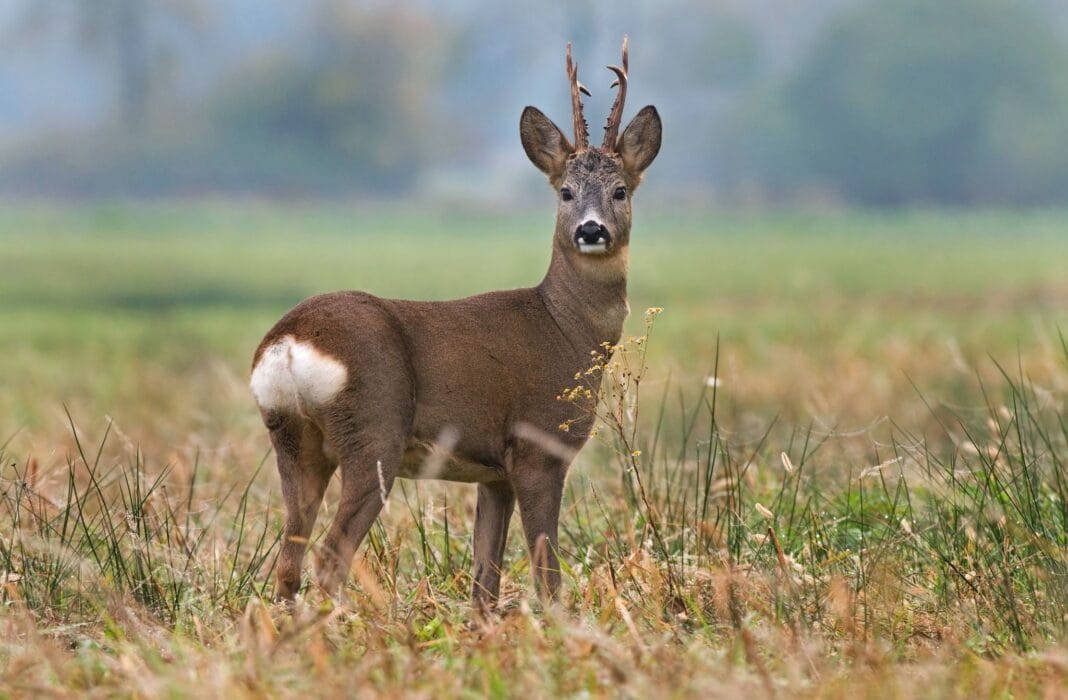Scouting deer is an essential skill for hunters, wildlife enthusiasts, and nature observers. Understanding how to read signs and tracks can reveal valuable insights into the habits and movements of deer. Today we’ll delve into the critical aspects of scouting deer, focusing on tracks, signs, and practical strategies for interpreting these indicators effectively.
Understanding Deer Behavior
Before discussing specific signs and tracks, it’s important to understand deer behavior. White-tailed deer, mule deer, and other species exhibit distinct patterns based on their environment, food availability, and seasonal changes. Deer are crepuscular, meaning they are most active at dawn and dusk. Their behavior changes significantly during the rutting season, when bucks are more mobile in search of mates.
Identifying Deer Tracks
Track Characteristics
Deer tracks are typically heart-shaped, with two symmetrical halves. Key features to note include:
- Shape and Size: Deer tracks generally measure 2 to 3 inches in length. Bucks tend to have larger tracks than does. Overlapping heart-shaped hoof marks indicate a relaxed walking gait, while wider or staggered tracks may suggest a deer in a hurry or on alert.
- Spacing and Staggering: The spacing between tracks can indicate the deer’s size and pace. Walks produce evenly spaced tracks, while bounding runs create distances of up to 15 feet in between.
Interpreting Gait and Speed
Understanding the spacing and orientation of tracks can help determine a deer’s gait:
- Walking: Tracks are evenly spaced in a straight line, approximately 18 to 24 inches apart.
- Trotting: The pattern will show staggered prints further apart, about 3 feet between prints.
- Bounding or Running: Tracks appear haphazard and can be several feet apart, indicating speed or escape behavior.
Reading Additional Deer Signs
Droppings
Deer droppings, or scat, provide clues about recent activity and diet:
- Shape and Consistency: Pellets are commonly round and deposited in clusters, varying slightly based on diet and hydration.
- Color and Freshness: Dark and moist indicates recent activity, whereas dry and lighter pellets suggest older presence.
Rubs and Scrapes
During specific seasons, mainly the rut, bucks display certain behaviors that leave distinct marks:
- Rubs: Bucks rub their antlers against trees, removing bark to leave visual and scent marks. Fresh rubs have visible wood and fresh shavings, indicating recent activity.
- Scrapes: Bucks paw at the ground to expose bare earth, often under overhanging branches where they deposit scent. Observing fresh or frequently visited scrapes can indicate active territories.
Feeding Signs
Deer are selective feeders, and their feeding signs can be differentiated by several cues:
- Browsing: Look for neatly clipped plants and vegetation at deer-head height. Deer use their lower incisors to tear plants, leaving a jagged edge.
- Tracks Near Food Sources: Concentrated tracks around feeding areas can indicate heavy usage and predictability.
Tools and Techniques for Scouting
Scouting Cameras
Deploying trail cameras can provide invaluable data on deer patterns. Set cameras around feeding areas, rub lines, or near known trails to gather visual evidence and analyze movement over time.
Mapping and Field Notes
Keep detailed notes and maps of scouting trips, marking the locations of tracks and signs. Over time, patterns will emerge, helping in predicting future movements and behaviors.
Strategies for Success
Timing
Plan scouting trips during optimal times, such as early morning or late afternoon, to align with peak deer activity. Seasonal changes, particularly pre-rut and rut, can also heighten success rates.
Stealth and Caution
Minimize human scent and noise by using scent eliminators and moving quietly through the scouting area. Adeptness at remaining unseen and unsmelled is crucial for successful scouting.
Scouting deer through the art of reading signs and tracks is a rewarding pursuit. By understanding deer behavior, learning to interpret diverse signs, and employing clever strategies, enthusiasts and hunters can significantly enhance their connection to nature and success in observing deer in their natural habitats. Whether through tracks, rubs, droppings, or feeding signs, each clue unravels the compelling story of the wild deer and its world.


